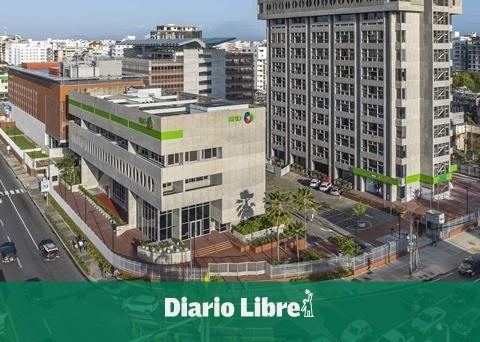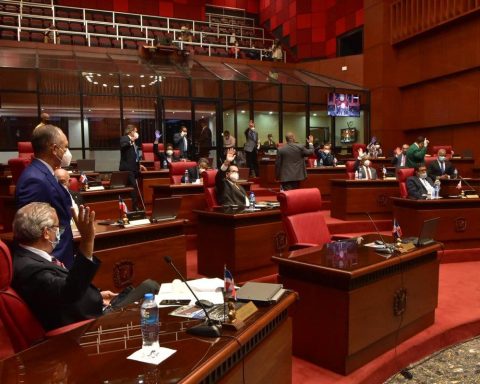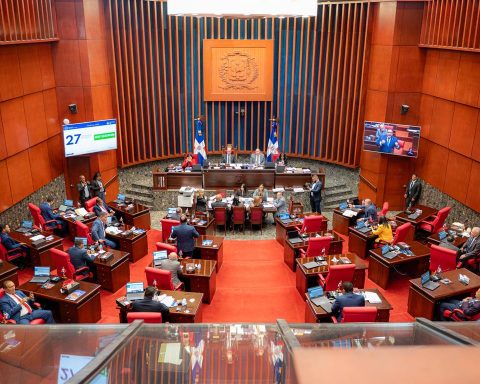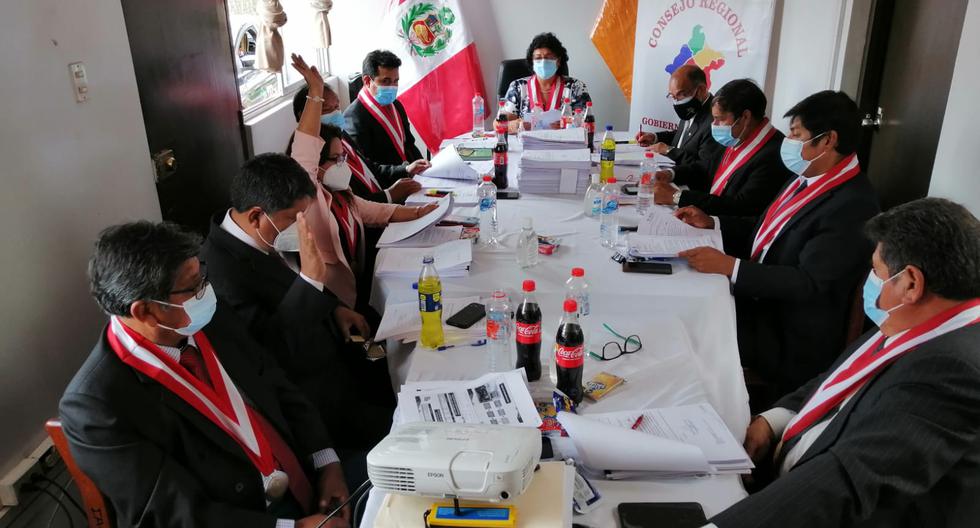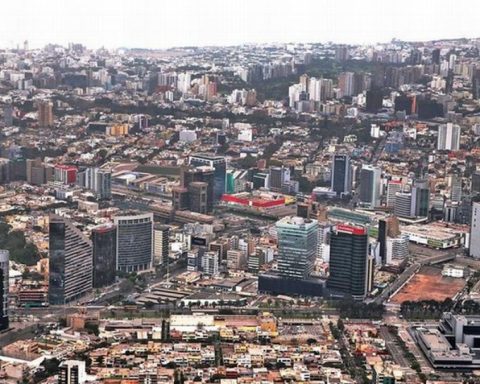The governor of Central Bank of the Dominican Republic (BCRD), Héctor Valdez Albizu, reported that the monthly economic activity indicator (IMAE) in the month of November of this year registered an interannual variation of 13.1%, higher than expected, with which the growth from January-November 2021 was 12.5%.
“With this result, the conditions are in place for the Dominican economy to close the year 2021 with an expansion that could exceed 12.0%, one of the highest growth rates in Latin America,” said the governor.
Speaking at a press conference to announce the preliminary results of the main macroeconomic variables, Valdez Albizu pointed out that, when comparing this accumulated result to November with the same period in 2019, the level of economic activity was 4.3% above the levels pre-pandemic.
He explained that the sectors that registered the most significant interannual variations compared to 2020 were: hotels, bars and restaurants (38.3%); construction (25.1%); free zone manufacturing (21.2%); transportation and storage (13.0%); trade (11.8%); local manufacturing (11.0%); other service activities (5.8%); and energy and water (5.3%).
He highlighted the acceleration in public investment in recent months, as announced by the President of the Republic, Luis Abinader, as well as the boost in private investment in sectors such as tourism, construction and free trade zones. “Without a doubt, the free zone sector has been a determining factor in the economic recovery, the reception of direct foreign investment and the creation of jobs,” said the governor.
Likewise, he highlighted the behavior of the tourism sector, projecting that the arrival of non-resident visitors would be around five million by the end of 2021, a recovery in which the Tourism Cabinet coordinated by President Abinader and the Minister of Tourism.
“This good performance has been supported by the advancement of the national vaccination plan, led by the Vice President of the Republic, Raquel Peña, who has managed to inoculate approximately 77% of the adult population with one dose and exceeding 64% with two doses, one of the highest vaccination rates in the region, increasing the confidence of tourists to visit our country, ”said Valdez Albizu.
Monetary politics
Valdez Albizu explained that, in a context of faster-than-expected economic reactivation and longer-than-expected external inflationary pressures, the Central Bank has implemented in recent months a plan to gradually normalize its monetary policy.
He pointed out that since August, the resources granted during the pandemic have begun to return in an orderly manner, to the extent that companies and households are repaying the loans granted through the different liquidity facilities that were channeled through the financial entities.
He said that, in addition, the Central Bank decided to increase its monetary policy rate by 50 basis points in November from 3.00% to 3.50%, in order to facilitate the convergence of inflation to the target range of 4% ± 1% in 2022. As of November 2021, accumulated inflation stood at 7.71% and interannual core inflation at 6.63%.
He indicated that this type of monetary measures are being implemented in most of the central banks of Latin America to control inflationary pressures, while central banks of advanced economies, such as the case of England, have initiated a process of increases in their interest rates. monetary policy, and the Federal Reserve of the United States of America initiated the gradual withdrawal of its monetary stimulus by reducing the pace of monthly asset purchases.
“Furthermore, interest rates in the US economy are expected to start rising as early as the first quarter of 2022, as inflation is currently at the highest level in almost 40 years, standing at 6.8%. , that is, 3.4 times higher than its goal of 2.0% ”, said the governor.
External sector
The governor of the Central Bank reported that remittances and total exports continue with significant dynamism, with year-on-year growth of 11.2% and 21.7%, respectively. On the other hand, imports increased 69.7% in total, while non-oil ones increased 57.9%, in line with the accelerated recovery of domestic demand.
He added that the current account deficit for 2021 is expected to be around 1.9% of gross domestic product (GDP), supported by the continuous flow of remittances that would exceed US $ 10 billion this year. “It is important to note that this deficit will be covered 1.7 times by foreign direct investment (FDI) flows, which would be around US $ 3 billion at the end of 2021,” he explained.
He indicated that this significant inflow of foreign currency has favored exchange rate stability, in such a way that as of November 30, 2021, the Dominican peso exhibits an appreciation of 2.5%, contrary to the depreciation observed in the currencies of most Latin American countries.
He highlighted that the increase in the receipt of foreign currency has allowed the accumulation of international reserves, which reached US $ 12,200 million as of November 30, 2021, equivalent to 6.2 months of imports and 13.1% of GDP, expected to conclude the year in an amount close to US $ 12.8 billion.
Financial sector
Regarding the financial sector, Governor Valdez Albizu specified that, according to data from the Superintendency of Banks, financial intermediation entities registered assets in excess of RD $ 352,357.8 million as of November 30, 2021, for an interannual growth of 15.0%.
Likewise, he said that the return on equity (ROE) and on average assets (ROA) were located at 21.0% and 2.3%, respectively, while the delinquency of the loan portfolio was only 1.4%, with provisions that grant a 340.7% coverage of its past-due portfolio, which shows a low level of risk for the financial system’s loan portfolio. “As of October 2021, the solvency ratio of the banking system stands at 19.6%, well above the 10% required by regulation,” the governor stressed.
In relation to multiple banking, which represents 88.0% of the national banking system, as of October 2021 it presented a solvency of 17.3%, while as of November 30, 2021 it registered a liquidity ratio of 20.8% and a profitability on the equity that amounted to 23.0% and on its assets to 2.3%. Likewise, the delinquency of its loan portfolio was only 1.3%, with provisions that cover 366.2% of its past-due portfolio, which shows that commercial banking continues to be stable and financially strong.
In his closing remarks, Valdez Albizu assured that the Central Bank will continue to adopt the necessary measures to mitigate the risk of an overheating of the economy that could cause an overflow of inflationary pressures and an internal macroeconomic imbalance, anticipating future increases in our rates. main trading partners, especially in the United States of America.




